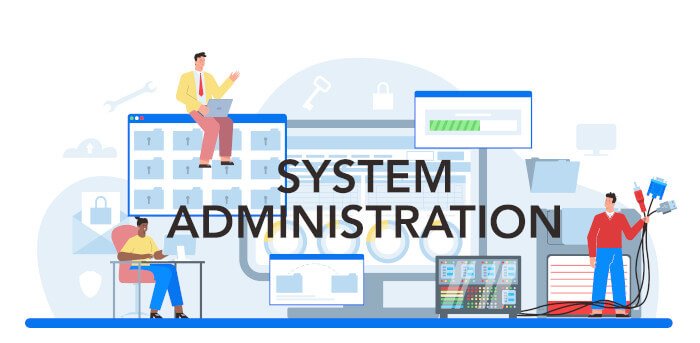Last Updated on March 24, 2023
This is the thirteenth in our series of articles highlighting essential system tools. These are small, indispensable utilities, useful for system administrators as well as regular users of Linux based systems. The series examines both graphical and text based open source utilities. For this article, we’ll look at GParted, a graphical and command-line disk partition tool. For details of all tools in this series, please check the table at the summary page of this article.
When referring to a computer hard drive, a disk partition or partition is a section of the hard drive that is separated from other segments. Partitions let users divide a physical disk into logical sections.
There are many benefits of having multiple partitions on a disk. One of the most popular reasons is to separate the operating system and program files from user files. Many Linux users prefer having their /home directory on a separate partition. This enables the operating system to be reinstalled without the loss of personal files and settings, and makes it easier to backup system and user files. Another essential benefit of partitioning is that it allows Linux to have a dedicated area for virtual memory swapping. It’s also common to have several partitions on a hard drive, each of which stores an operating system. This enables users to install and run multiple operating systems on a computer without using virtualization.
GParted (GNOME PARTition EDitor) is a GTK+ front-end to GNU Parted, partition-editing application.
This software creates, deletes, resizes, moves, checks, and copies disk partitions and their file systems. This is useful for creating space for new operating systems, reorganizing disk usage, copying data residing on hard disks, and mirroring one partition with another (known as disk imaging).
GParted is written in C++ and uses gtkmm, the C++ interface for GTK+.
The project also produces GParted Live. This is a bootable Linux distribution containing the partition editor software, as well as graphical and command line utilities. It’s tested on VirtualBox, VMware, BIOS, UEFI, and physical computers with AMD/ATI, NVidia, and Intel graphics. You don’t need any operating system on your system to use GParted Live, as it’s an operating system itself.
Installation
GParted is supported by major Linux distributions. You’ll find packages available for Debian, Ubuntu, Fedora, OpenSUSE, Arch, Manjaro, Mageia, and many other distros.
You can also download and compile the source code. It’s a 3.7MB download. GParted needs Parted (version 1.7.1. or higher), and Gtkmm (version 2.24.x or higher).
As GParted Live is a live Linux distribution, there’s no installation process. GParted Live includes a raft of useful tools, so it’s a much bigger download; the current ISO is a sizeable 309MB.
Next page: Page 2 – In Operation
Pages in this article:
Page 1 – Introduction / Installation
Page 2 – In Operation
Page 3 – Other Features
Page 4 – Summary
